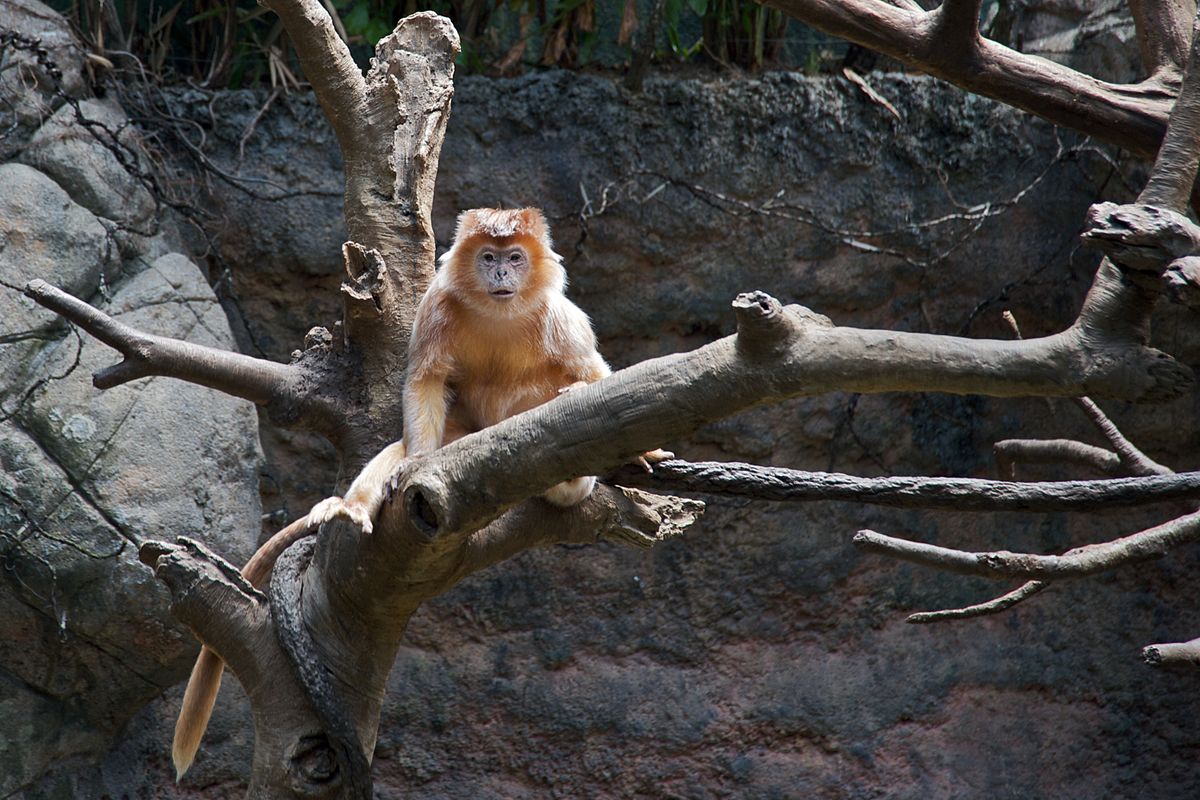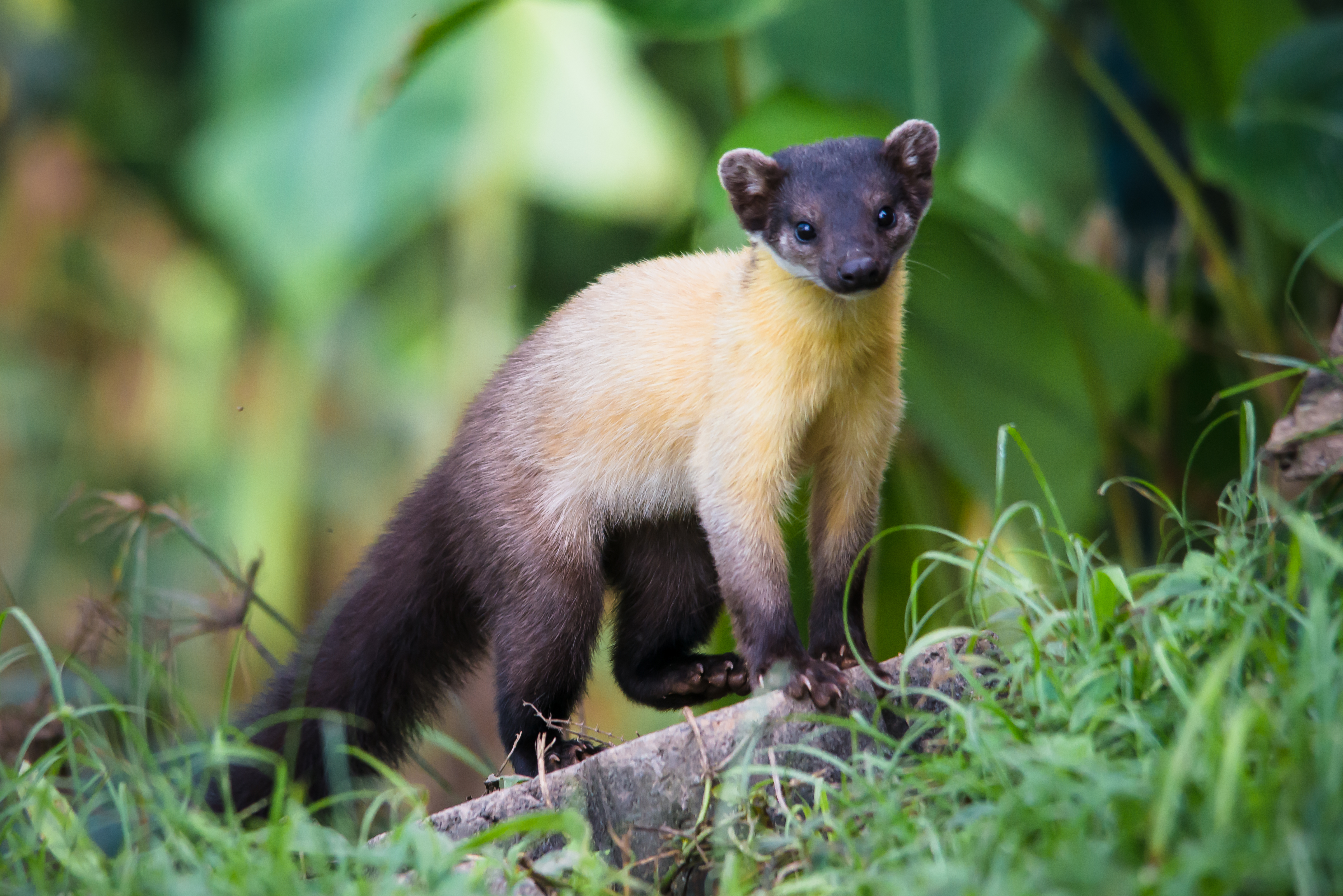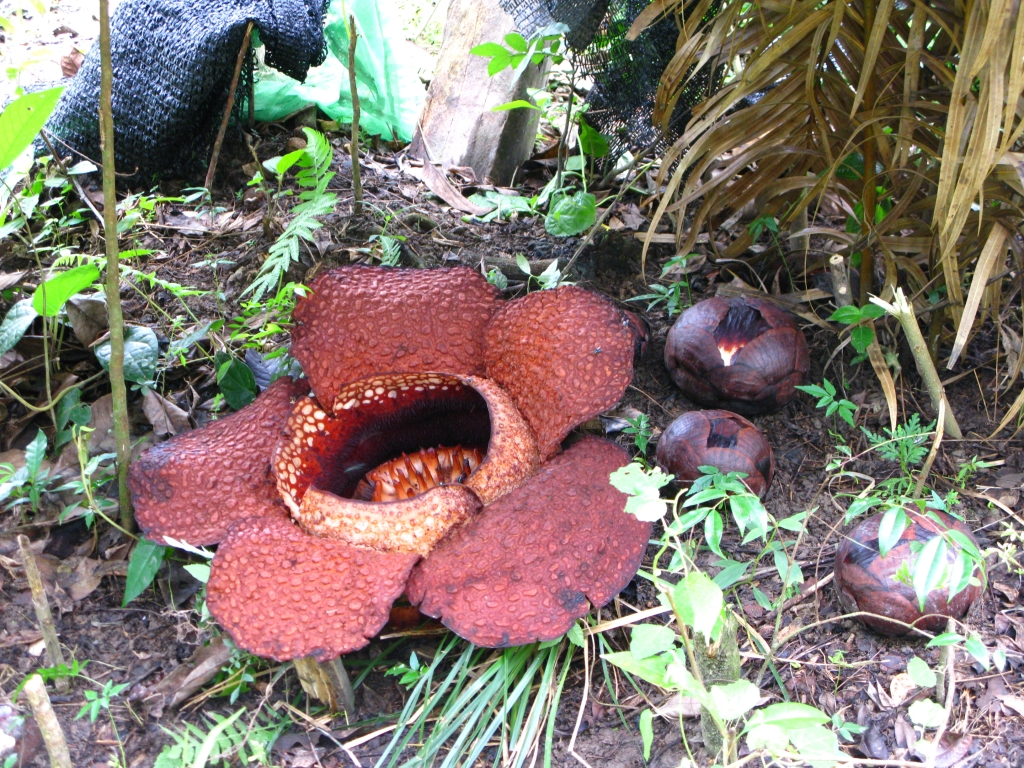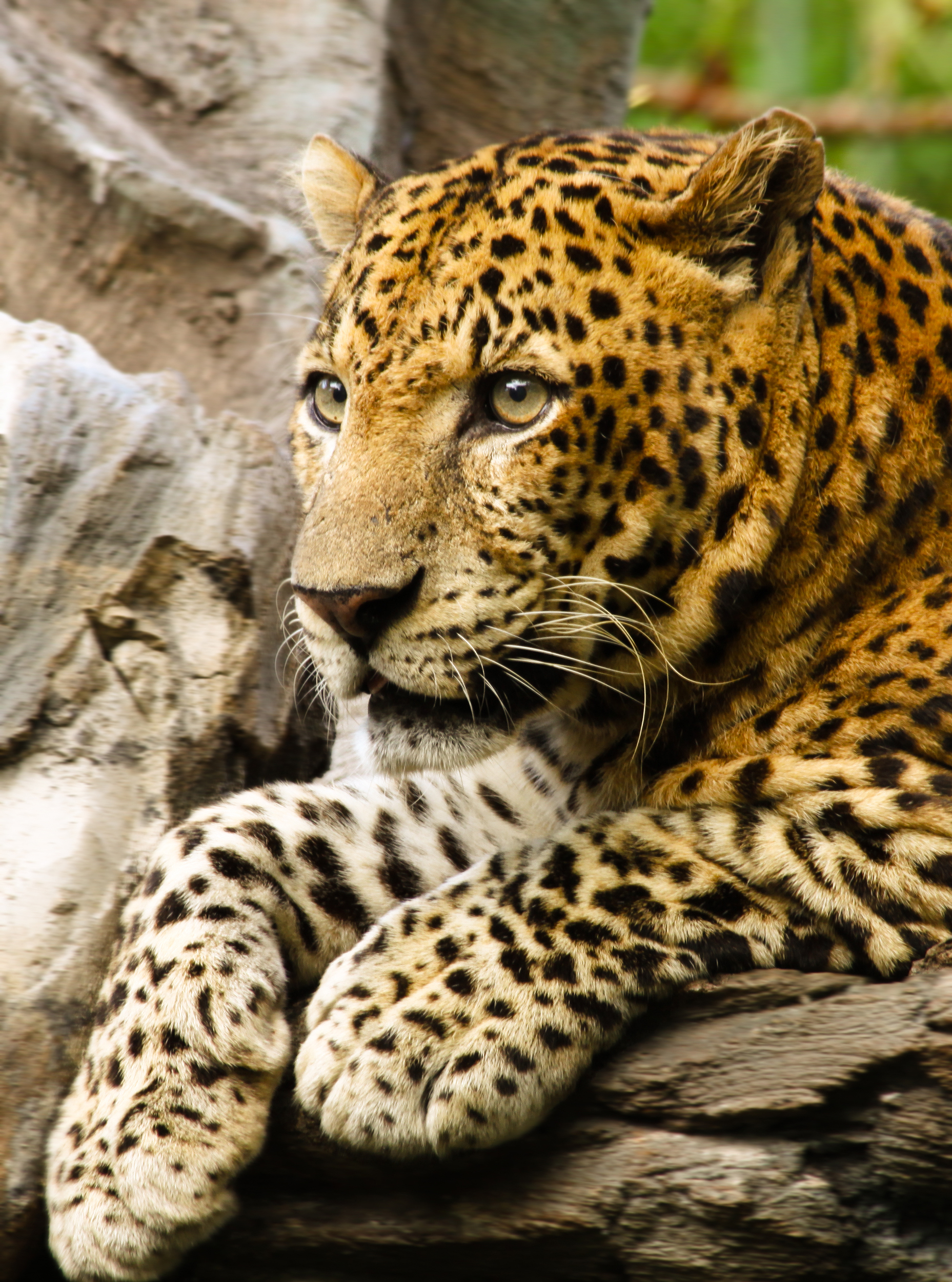Western Java Montane Rainforests
The ecoregion’s land area is provided in units of 1,000 hectares. The conservation target is the Global Safety Net (GSN1) area for the given ecoregion. The protection level indicates the percentage of the GSN goal that is currently protected on a scale of 0-10. N/A means data is not available at this time.
Bioregion: Javan-Bali Tropical Rainforests (IM17)
Realm: Indomalaya
Ecoregion Size (1000 ha):
2,634
Ecoregion ID:
288
Conservation Target:
57%
Protection Level:
1
States: Indonesia
The long row of more than 30 craters and calderas of active and dormant volcanoes stand sentinel along the West Java Montane Rain Forests ecoregion, witnesses to the large-scale destruction of biodiversity-rich forests in the lowlands that has forced the island’s wildlife to take refuge in these mountains. The Javan tiger is now extinct; the last known individual died in 1976. Other endemic species and subspecies that are rapidly becoming isolated on the mountain-top refugia and are now endangered include the Javan leopard, Javan lutung, Javan grizzled langur, Javan gibbon, Javan scops-owl, and Javan cochoa.

The flagship species of the Western Java Montane Rainforests ecoregion is the Javan lutung. Image credit: Creative Commons
This ecoregion represents the montane forests of West and Central Java. Lying along the seismically active Ring of Fire, the island was truly born of fire, through a process of geological subduction and re-melting of the Australian–Indian Ocean tectonic plate underneath the Eurasian tectonic plate along the deep Java trench. The series of volcanoes erupted and rose through the melted crust and above the ocean to create the island.
With over 3,800 species of plants, West Java has a higher floral richness than East Java. Over 50% of orchids on the island are found only in West Java, while some others only in Central Java but neither in the west nor the east. Thus, along with the higher species richness, there is also species turnover of flora from west to east, primarily attributed to more ever-wet forests in the west, and more drought-tolerant species in the drier east.

Yellow-throated marten. Image credit: Creative Commons
The main forest types are evergreen rainforest and semi-evergreen rainforests in the drier areas. The former is characterized by trees such as Artocarpus elasticus, Dysoxylum caulostachyum, Lansium domesticum, and Planchonia valida. Above 1,200 m, the vegetation transitions into a subtropical assemblage with species of Lithocarpus, Quercus, Castanopsis, and of Magnoliaceae, Hamamelidaceae, and Podocarpaceae. Rhododendron shrubs become common above 3,000 m, with a rich sub-alpine shrub and herb community of Lonicera, Berberis, Gaultheria, Anemone, Aster, Galium, Primula, Ranunculus, and Viola.
A notable species in the montane forests is Rafflesia rochussenii, a parasitic plant that grows like a fungus into the stem of Tetrastigma climbing vines. The Rafflesia flowers bud and bloom along the length of the vine, and smells like rotten meat to attract flies that pollinate the flowers. The flowers have been described as having a “lurid colour, crater shape, and whitish blotches resembling a festering sore."

Rafflesia. Image credit: Creative Commons
The ecoregion supports over 60 species of mammals, including several that are endemic and now endangered. Thus, the forests provide important refuge for their survival. In addition to the larger endemic species, there are other cryptic species that are also restricted to this ecoregion, such as the Java giant mastiff bat, which is collected, mummified and sold as ornaments. The Javan shrew-mouse and the Javan pithecheir are cryptic, endemic species in the montane forests of western Java. Over 230 bird species have been recorded from this ecoregion, of which 34 are considered range-restricted, and nine are endemics.

Javan leopard. Image credit: Creative Commons
Because of this steep mountainous terrain, the forests have been largely spared. But as the demand for land in the lower elevations is increasing, farmers and industries are encroaching into the mountains. Clearing these mountain forests results in the loss of ecosystem services, especially with water. This increased surface water runoff and erosion during heavy monsoon rainfall, and disrupted groundwater recharge and environmental flows.
Thus, the recommended priority conservation actions are to: 1) stop illegal logging and forest clearing, especially on steep slopes and ecologically sensitive areas; 2) connect existing protected areas with habitat linkages at landscape scales, both along the mountains, and with lowland forest patches; and 3) stop wildlife poaching.
Citations
1. Darajati, W., Pratiwi, S., Herwinda, E., Radiansyah, A.D., Nalang, V.S., Nooryanto, B., Rahajoe, J.S., Ubaidillah, R., Maryanto, I., Kurniawan, R. and Prasetyo, T.A., 2016. Indonesian Biodiversity Strategy and Action Plan (IBSAP) 2015-2020. Kementerian Perencanaan Pembangunan Nasional (BAPPENAS).
2. Whitten, T., Soeriaatmadja, R.E. and Afiff, S.A., 1996. Ecology of Java & Bali (Vol. 2). Oxford University Press.
3. Wikramanayake, E, E. Dinerstein, et al. 2002. Terrestrial Ecoregions of the Indo-Pacific: A Conservation Assessment. Island Press.
%20-%20John%20Morrison.jpg?auto=compress%2Cformat&w=1600)


